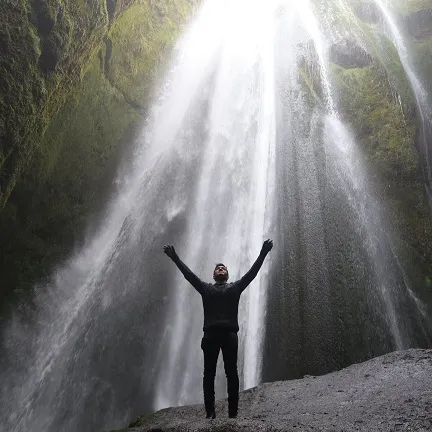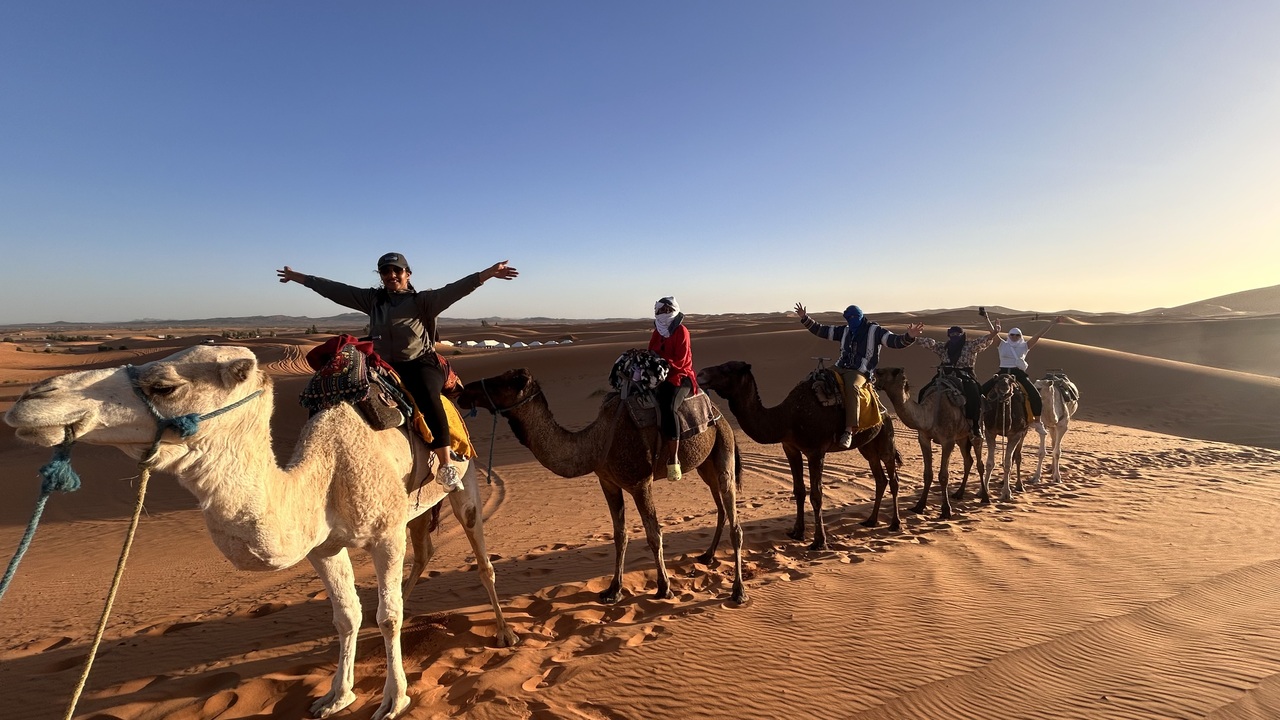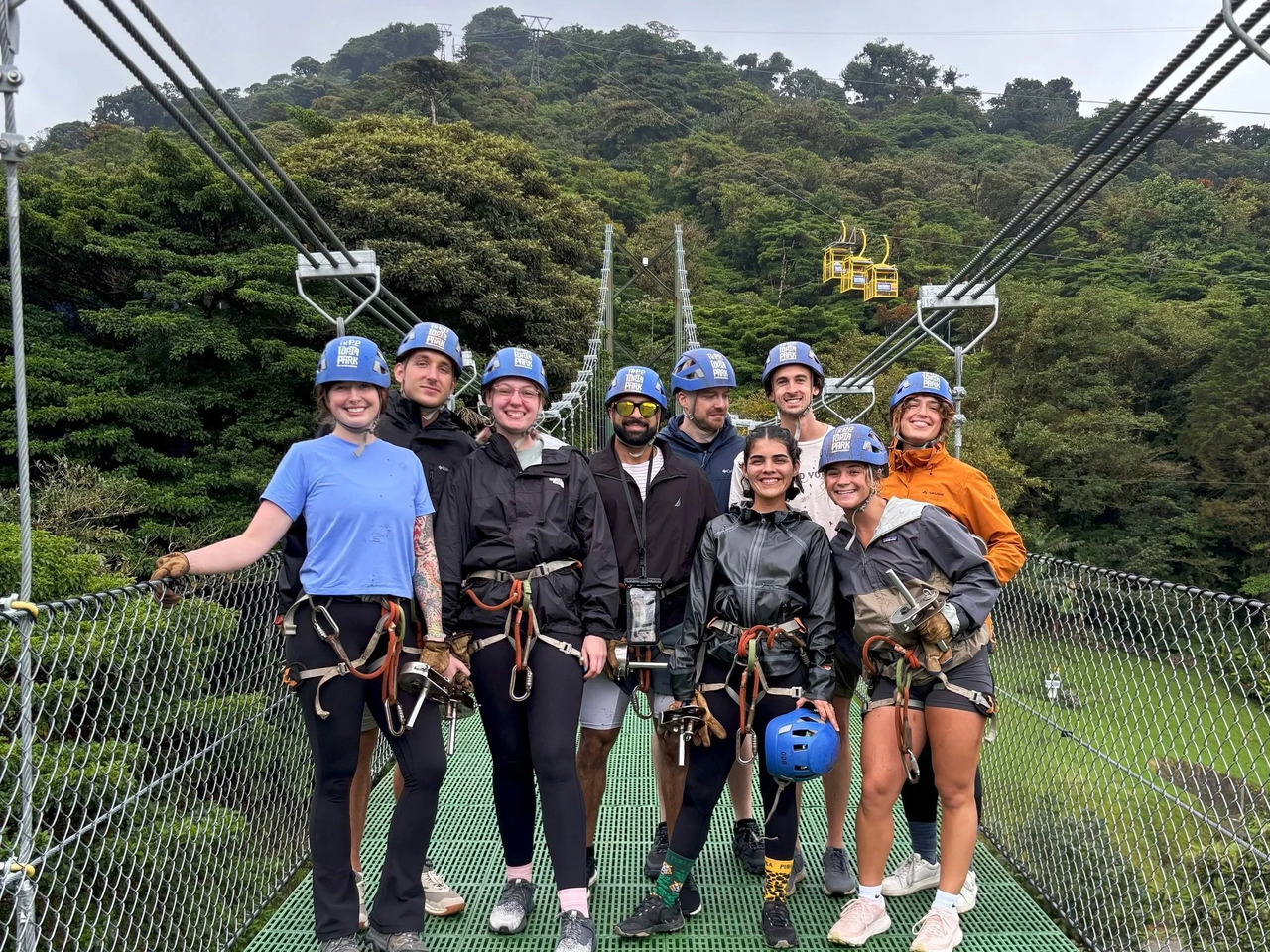Having the right sleeping bag is an essential part of ensuring a comfortable night’s sleep on a camping trip. With so many different varieties of sleeping bags available, choosing the right sleeping bag can get confusing. With a little research and understanding of sleeping bag terminology, you’ll be ready to find that perfect sleeping bag for you.
Here is our guide on sleeping bags to help you along the way.
What kind of camping are you doing?
Generally, camping can be broken down into two main categories: car camping and backpacking.
Car camping in its most basic form is sleeping in a tent while keeping your camping gear in a nearby car. When car camping you will not have to worry too much about weight or packability since you are not carrying your sleeping bag in your backpack. If car camping is your main style of camping, focus on sleeping bag warmth, comfort, and legroom.
Backpacking usually involves hiking several miles into the wilderness with all your gear strapped to your back. Backpacking sleeping bags tend to be lightweight and compact, making them easy to fit in your backpack. If you plan to do backpacking trips, focus on weight and packability when selecting a sleeping bag.
If you plan to car camp and camp in the backcountry, then choose a lightweight backpacking sleeping bag. Trust us, you will appreciate not having to carry around a heavy, bulky sleeping bag on your back. Or splurge and buy two sleeping bags,one for each style of camping.
Another style of camping, and one that is for the experienced adventurer, is known as extreme or deep winter camping. These sleeping bags are designed to handle elements in extreme conditions such as glacial treks, high altitude expeditions, and general winter camping destinations. These sleeping bags tend to be high in price and only for hard-core campers.
New to camping? Check out our Camping Tips: A Beginners Guide to Their First Trip
Sleeping bag temperature ratings
Understanding a sleeping bag’s temperature rating is a crucial component when selecting the right sleeping bag. The last thing you want is to be shivering at night when the temperature drops lower than you expected. This is why a good rule of thumb is to pick a sleeping bag with a lower temperature rating than the lowest nighttime temperature you expect to encounter on a camping trip. After all, you can always unzip your bag if you get too hot in the middle of the night.
Season Ratings
Season ratings signify the time of year the sleeping bag is designed for. These are based on an “average sleeper” and are used as general guidelines to compare bags. The main season ratings are:
- Summer season: 32 degrees Fahrenheit (0 Celsius) and above
- 3-season: 20 to 32 degrees Fahrenheit (-6 to 0 Celsius)
- Winter: 20 Fahrenheit (-6 Celsius) and below
Comfort and Lower Limit Ratings
Laboratory testing methods have been created to standardize the rating of the warmth of sleeping bags. The two most relevant ratings to inspect on a sleeping bag tag are comfort and lower limit.
- Comfort rating indicates the temperature at which a cold sleeper might feel comfortable. This is the temperature rating brands use on women’s bags.
- Lower limit rating (which is always lower than the comfort rating) indicates the temperature at which a warm sleeper might still feel comfortable. This is the temperature rating brands use on men’s bags.
Generally speaking, “comfort” is meant for cold sleepers and “limit” is meant for warm sleepers. Be sure to check the tag on the sleeping bag to gain a better understanding of the sleeping bag’s performance over different temperatures.
Need help figuring out what to cook on your next camping trip? Check out our Camping Menu: Easy Meal Ideas for Every Camping Trip
Types of sleeping bag
There are a few different sleeping bag shapes to choose from. Each shape has its advantages and disadvantages, but they are all designed to provide warmth and comfort for campers. Most campers want ample room in their sleeping bag to roll around in however a few of the shapes are designed to minimize size, help with efficient packing, and cut weight. Let’s review the common sleeping bag shapes.

Rectangular Sleeping Bag
This is the most traditional type of sleeping bag designed for those who like lots of room when they sleep. Rectangular sleeping bags are less effective at retaining heat making them a great option for summer camping. Rectangular sleeping bags typically do not have a hood for your head. Additionally, they can normally be completely unzipped and used as a blanket or linked together with another rectangular sleeping bag.
- Best suited for car camping and summer seasons
- Typically less expensive than other designs
Mummy Sleeping Bag
This sleeping bag is wide across the chest then tapering down to a very narrow width at the foot end, creating a snug fit, much like the Egyptian mummy. Mummy sleeping bags are fitted with a hood and have a drawcord above the shoulders to help keep heat in. These sleeping bags are designed to keep the sleeper warm while cutting down on weight, making them ideal for backpacking.
- Best suited for backpacking and cold weather camping
- Small pack size
Semi-Rectangular or Barrel-shaped Sleeping Bag
This sleeping bag is sometimes referred to as a “modified mummy”, with the design allowing more room at the foot end of the bag giving the sleeper better movement and less confinement. It is common for these styles to have an additional zipper at the bottom to help regulate temperature. Most are fitted with a hood to help maximize insulation on colder nights.
- Best suited for car camping and backpacking
- Colder temperature rating than traditional rectangular designs
Double Sleeping Bags
Double sleeping bags are designed for two people sharing the sleeping bag. These are best for couples who don’t want to zip two rectangular sleeping bags together. These can also be used for a single person who is uncomfortable with the confines of a normal-sized sleeping bag. These are fitted with two zippers on each side allowing for ease of getting in and out of the bag without disturbing your sleeping partner.
- Best suited for car camping and couples
- Double zippers
Insulation: Down vs Synthetic
Down and synthetic are the two main types of insulation to choose from. Down insulation is very lightweight and made from the under feathers of duck or geese. Synthetic insulations are more resistant to moisture and made from poly fibers. Sleeping bags filled with synthetic insulation are less expensive and more common.
Down insulation
Down insulation offers the best warmth-to-weight ratings and compresses small for easy packing. Down insulated sleeping bags are more effective at trapping air and retaining heat due to their design. The disadvantage of down is that it easily absorbs moisture which causes it to lose its insulation properties. A wet down sleeping bag takes much longer to dry out than synthetic bags and can be more challenging to care for. Down insulated sleeping bags tend to be more expensive and best suited for experienced campers.
A note about ethical down: Most brands take steps to monitor the treatment of ducks and geese that provide down. You can identify a bag from one of those manufacturers when you see it labeled as either RDS (Responsible Down Standard) or TDS (global Traceable Down Standard).
Synthetic insulation
Synthetic insulation is the most common insulation used in sleeping bags. These sleeping bags are easier to care for, maintain warmth if they get wet, and are more durable than down insulation. Though they are bulkier than down sleeping bags, they can still be packed down to convenient sizes.
If you were to only own one sleeping bag, then a synthetic insulation sleeping bag would be the preferred choice. You will be able to camp anywhere (within reason), the ease of care will not be of concern, and they are affordably priced.
Key sleeping bag features
Along with shape, design, and insulation, there are a few key features to look for when choosing your sleeping bag.
Sleeping bag shells / outer fabrics:
Ensure that the outer shell is made from a durable polyester or nylon-ripstop. The outer shell should be finished with a durable water repellent to protect the insulation inside the shell from dampness. Dryloft is a water-resistant, breathable fabric that is often used for sleeping bags.
Inner linings:
Fine nylon or polyester are the most common materials used for sleeping bags because it reduces moisture absorption. However, if you only camp in dry weather, you can opt for a cotton lining to give you the feel of your home’s bedsheets. Though be aware that cotton does trap moisture.
Hoods:
Considering most of your body heat escapes through your head, a snug-fitting hood will help keep you warm during the night. Most hoods come with a drawcord allowing you to close it tight against your face. Remember, rectangular sleeping bags rarely have an attached hood.
Zipper features:
You should be able to choose from right or left zippers which will help you get in and out of your sleeping bag more comfortably. To make it easier to unzip when you are in it choose a bag where the zip opening is the opposite side to your leading hand. Some sleeping bags have more than one zipper, or a two-way zip, making it easier to adjust ventilation. Check to see if the zip is full length or just halfway.
Inner/stash pockets:
These are nifty little pockets usually found near the top of the bag that are great for storing items like lip balm, watches, or a phone.
Sleeping bag accessories
A few additional pieces of gear can help improve your night’s sleep and care of your sleeping bag.
Stuff sack:
It is common for sleeping bags to come with a stuff sack with a drawstring closure. Compression straps help reduce the size of the packed bag making it easier to store in your backpack or car.
Storage sack:
Keeping a sleeping bag tightly packed up in a stuff sack will ruin the insulation over time. Best practices are to place your sleeping bag in a large mesh or cotton storage bag in between camping trips.
Sleeping bag liner:
Sleeping bag liners can be inserted inside your sleeping bag to provide an extra layer of warmth while also keeping the inside of your bag clean. If you are camping in hot weather, you can always leave the sleeping bag at home and sleep in the liner.
Note about sleeping pads
Besides selecting the right sleeping bag, having a quality sleeping pad also ensures a comfortable night’s sleep. Sleeping pads provide campers with cushioning and additional insulation. We can lose a lot of heat when sleeping on the cold ground which is why it is important to add a sleeping pad to your camping gear.
There are three main types of sleeping pads: air pads, self-inflating pads, and closed-cell foam pads. Each type of sleeping pad correlates with the style of camping you will be doing. They each have their advantages and disadvantages, and price range. Here is a quick breakdown of sleeping pads:
- Self-inflating pads are perfect for car camping. They are affordable, comfortable, and compactable. Plus they are generally more durable than air pads.
- Closed-cell foam pads are commonly used on backpacking trips. They are lightweight, durable, and inexpensive. Backpackers can carry these on the outside of their packs without fear of damage.
- Air pads come in a wide variety of styles and sizes making them suitable for any camping trip. Compactable, lightweight designs can be expensive and punctures are common.
Additional camping related articles from Under30Experiences:
- Top 20 USA Camping Destinations for your First Trip
- Tent Buying Guide: How to Choose Your First Camping Tent
- Essential Camping Gear Checklist
For more great travel guides and all of our best content make sure you are signed up to our travel blog newsletter.




.avif)


























